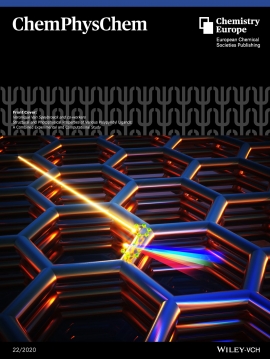
Abstract
Covalent triazine frameworks (CTFs) with polypyridyl ligands are very promising supports to anchor photocatalytic complexes. Herein, we investigate the photophysical properties of a series of ligands which vary by the extent of the aromatic system, the nitrogen content and their topologies to aid in selecting interesting building blocks for CTFs. Interestingly, some linkers have a rotational degree of freedom, allowing both a trans and cis structure, where only the latter allows anchoring. Therefore, the influence of the dihedral angle on the UV‐Vis spectrum is studied . The photophysical properties are investigated by a combined computational and experimental study. Theoretically, both static and molecular dynamics simulations are performed to deduce ground‐ and excited state properties based on density functional theory (DFT) and time‐dependent DFT. The position of the main absorption peak shifts towards higher wavelengths for an increased size of the π‐system and a higher π‐electron deficiency. We found that the position of the main absorption peak among the different ligands studied in this work can amount to 271 nm; which has a significant impact on the photophysical properties of the ligands. This broad range of shifts allows modulation of the electronic structure by varying the ligands and may help in a rational design of efficient photocatalysts.
